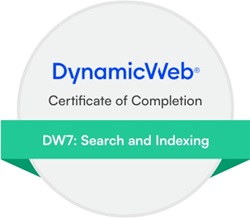Posted on 08/04/2025 13:15:17
Hi Adrian,
What really helped me in this, was when I started to perceive the Data Models as a flat hierarchy (as opposed to a nested taxanomy with DW9 and Warehouses)
As humans we are used to describe things in a nested taxanomy, for reference we can look at the biological world on how taxanomy is created, for describing living organisms. However, when it comes to describing products, we are not always in agreement and different perspectives usually taint the process of analysis.
Wtih Data Models being a flat structure instead of a nested, it gives us better freedom in organizing the inheritance structure of categories and attributes, and even data. But we are not locked down to a Primary Category > Secondary Category > Tertiary Category > etc ...
It creates a little more work in the initial configuration of PIM, but I feel it gives a LOT of freedom (and slack, in case of mistakes) for analysis and longer maintenance.
Bets part is, you are not locked into thinking, designing or implementing through the nested structure, but you can design from a data perspective. More often than not, customers ERP or Ecom group structure is not thought like this, and that's always an uphill battle doing PIM implementations. Very often we end duplicating the ERP Group structure or the ECOM Group structure into the Warehouse, which is inefficient and produces a not of nuisance down the road.
/Kenneth













